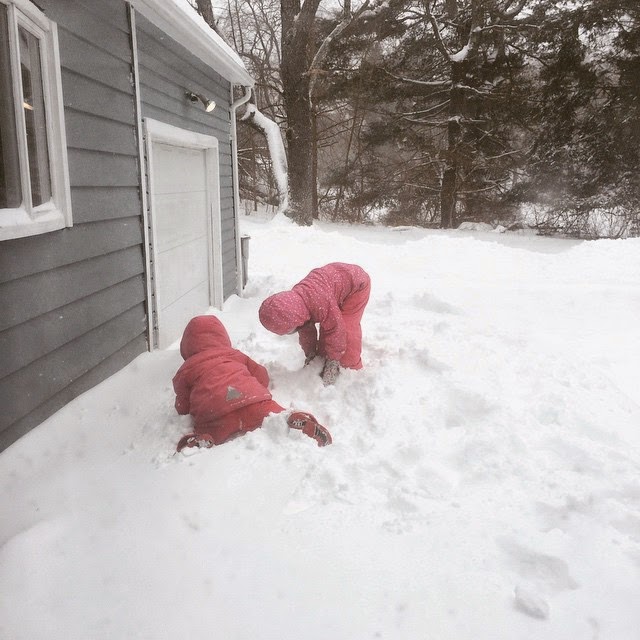Lesson No. One: In a small garden such as ours, the square foot method of gardening works better than planting in long rows. We were able to plant a greater variety of vegetables, though we had mixed results owing mostly to our inexperience and less-than-ideal sun exposures, as well as some timing issues with the frost.
Lesson No. Two: Raised beds are the way to go! We bought some high-quality organic soil from a local farm to fill the beds. For some plants, the beds really needed to be higher but overall, it was much better than planting directly into the ground, and we were able to mostly avoid the odious task of removing rocks from the soils.
Lesson No. Three: If you want to eat salad all summer long, you have to dedicate more than two or three squares to lettuce. I think I made one salad last summer, thanks to rabbits eating our greens and not planting enough!


Those are the major lessons we've learned and this spring and summer, we are starting a new garden since we've moved since last summer. The garden is much smaller, so we will likely be looking at vertical growing and containers. When I saw that Blogging for Books was offering The Postage Stamp Vegetable Garden for review, I jumped on it.
This best-selling book by Karen Newcomb was first published forty years ago, and it is easy to see why it is still in print. In eight easy-to-read chapters, the book takes the gardener through everything she needs to know in order to prepare and nurture a small, high-yield vegetable garden. What I really appreciate is the chart that shows how many plants you need per person. One of the problems I have as a novice gardener is not having a frame of reference for how many people a plant will feed.
The book is very thorough, with detailed illustrations throughout, which is great for me since I often have a hard time visualizing how things are supposed to look and I like to have as much as information as possible, in terms of what to expect, before embarking on a project.
One of my goals this year is to plant beans, since we eat a ton of beans in our house. In the past, the idea of planting beans has been intimidating. I don't know why and it seems silly now, after reading the sections in the book that cover pole and bush beans. Newcomb explains clearly how to support the growth of beans in a small garden, with illustrations of various vertical bean-growing structures.
Right now, it looks like this outside:
And we've had two snow days in a row but surely, planting season will come again and soon. When it does, I'll be armed and ready with this book. It sits on my nightstand in the meantime, with its pages dog-eared.





0 comments:
Post a Comment